Lebron James Makes Financial Sacrifice: No Max Salary For The First Time In Over A Decade
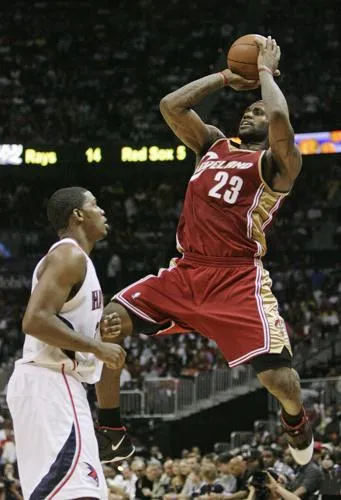
To avoid limiting the Lakers’ recruitment options, LeBron James has agreed to take a small financial sacrifice. The last time LeBron James accepted a contract where he didn’t receive the maximum salary was in 2010 when he joined Miami, allowing Pat Riley to also sign Chris Bosh. Fourteen years later, the Lakers’ superstar has once again agreed to take less than the maximum for his new two-year extension.
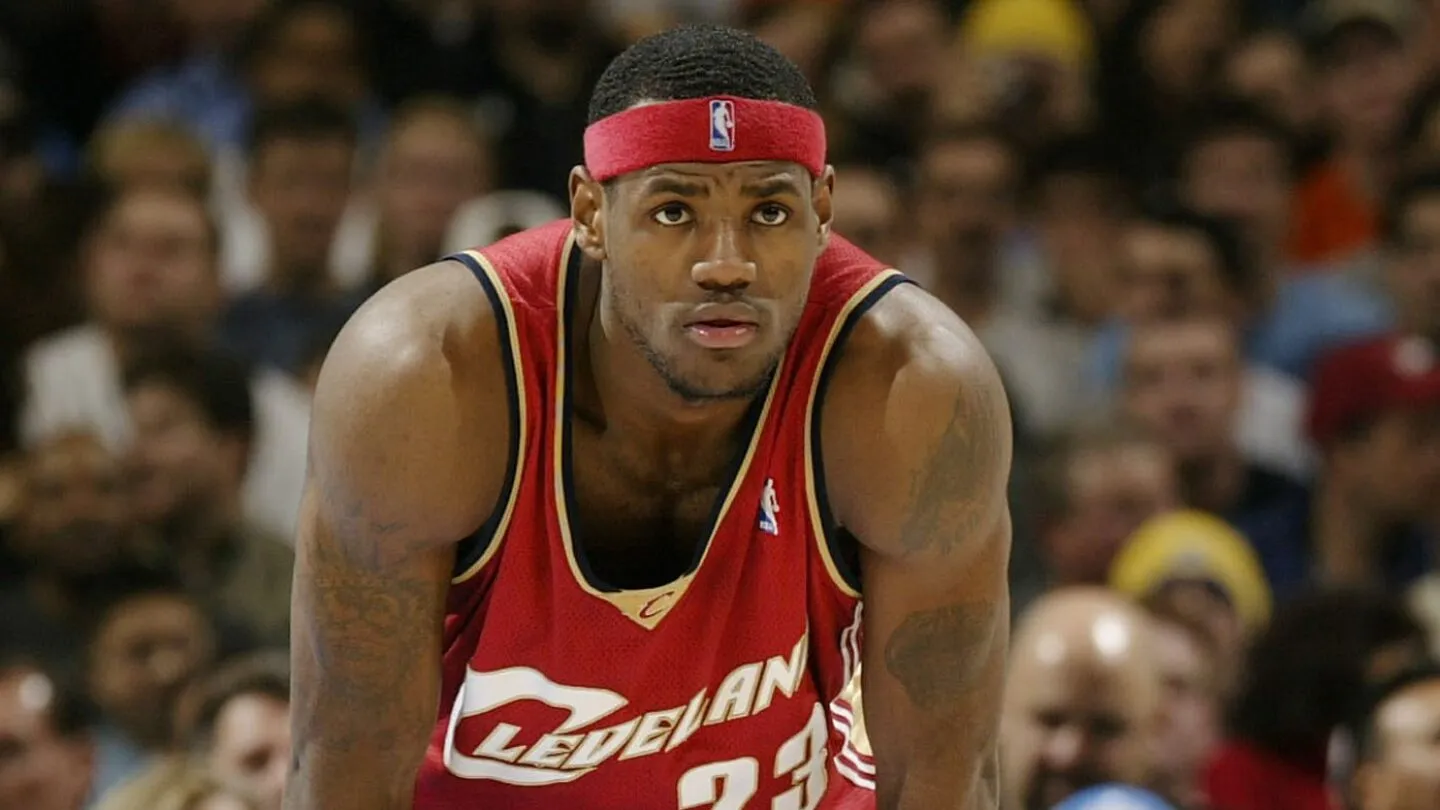
ESPN reports that he has signed a contract worth $101.3 million over two years, which is $2.7 million less than the maximum he could have claimed. This contract is another 1+1 deal, meaning LeBron James can become a free agent again in a year. Additionally, the contract includes a no-trade clause.
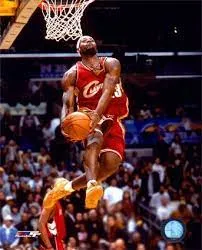
Championship Contenders Must Make Sacrifices
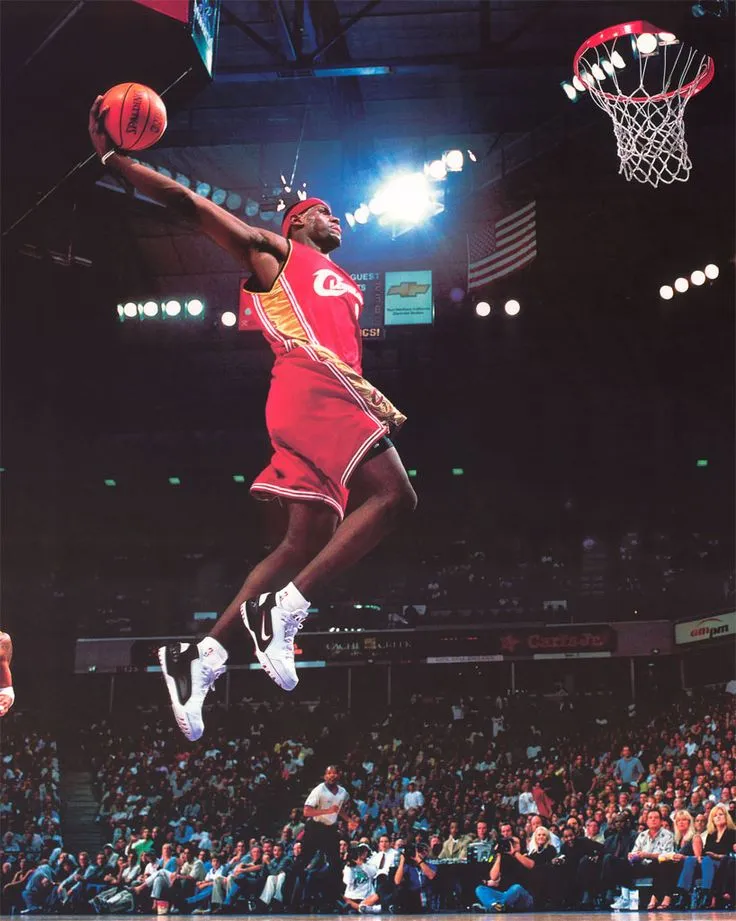
This small financial sacrifice helps the Lakers stay under the “second apron” threshold, set at $190 million. This second level of the luxury tax is very restrictive as it prevents teams from using a mid-level exception, acquiring players from buyouts, and even trading draft picks.
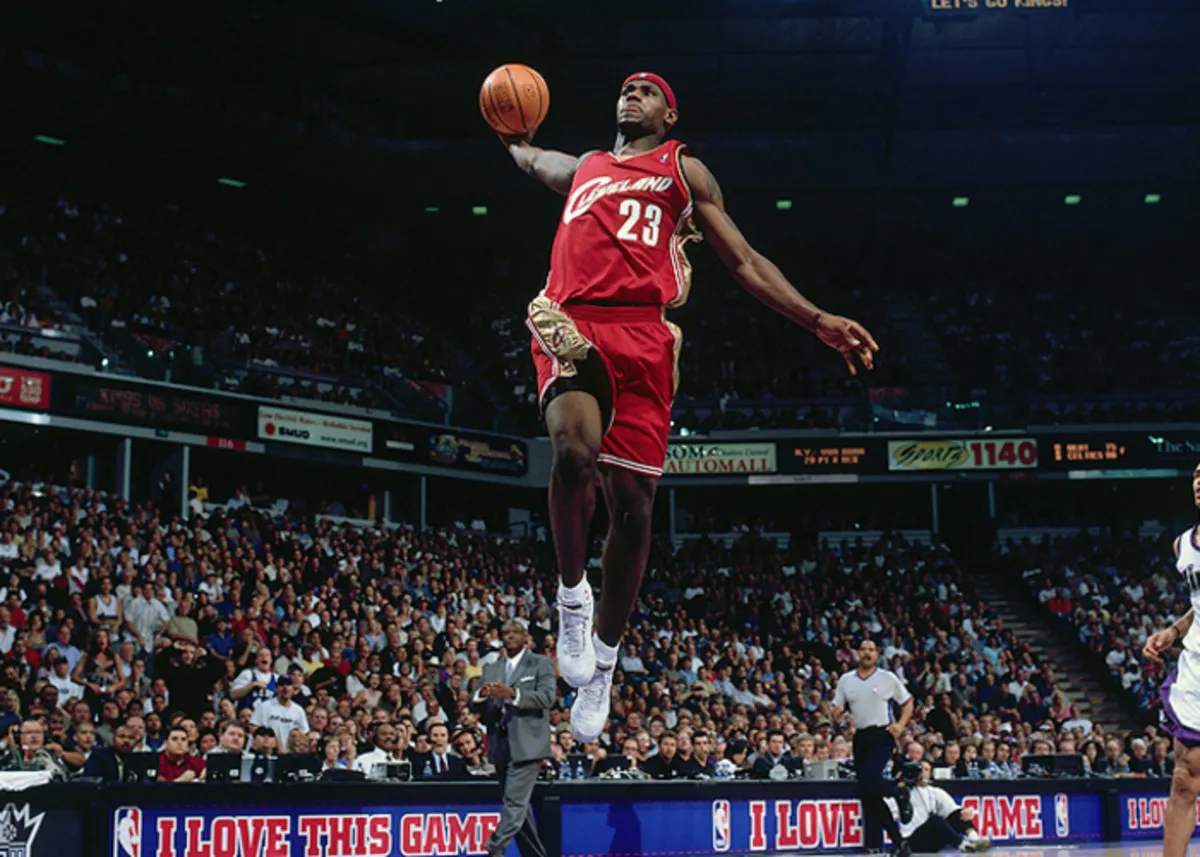
Like the Nuggets and the Warriors, the Lakers have maneuvered this summer to avoid reaching this level. However, President Rob Pelinka warns that he is still looking to improve the roster, even though the Lakers have not yet signed any free agents and seem to be returning with the same group of players.

“We are now in the world of the ‘second apron’,” he laments. “We’ve seen title-contending teams lose players. This is the result of the ‘second apron’ world we live in. Does it make our job harder? Yes. Does it make good trades impossible? No. We will continue to seek to improve our roster.”
Mid-Level Exception: An annual budget of about $13 million available to all NBA franchises that do not pay the luxury tax. They can use it on one or more players. A team that must pay the luxury tax only has $5.2 million. Since 2023/24, if a team exceeds the high salary cap threshold by more than $17.5 million, it loses its mid-level exception.





